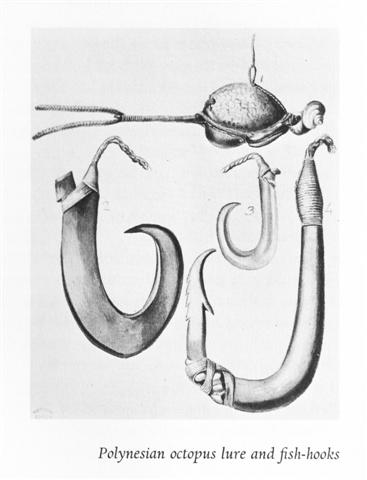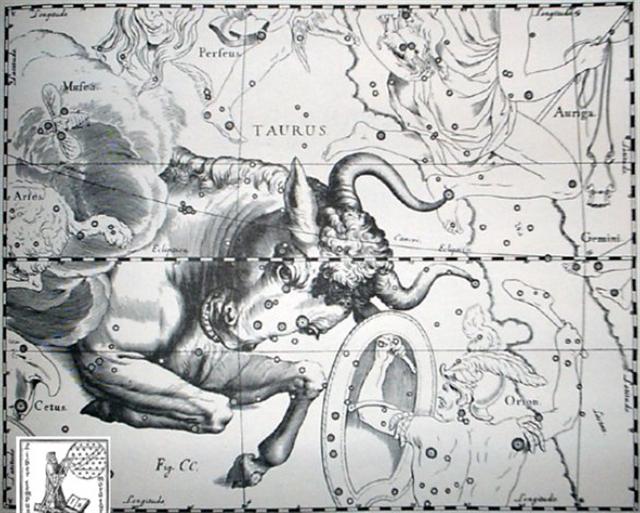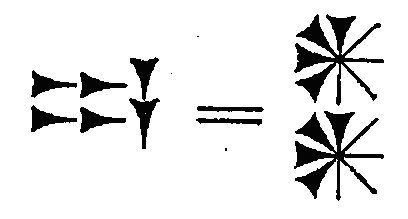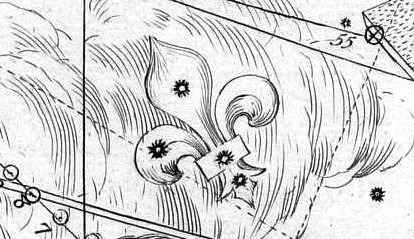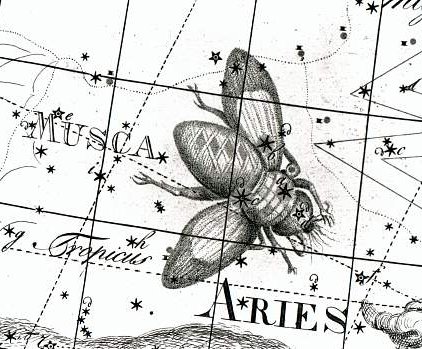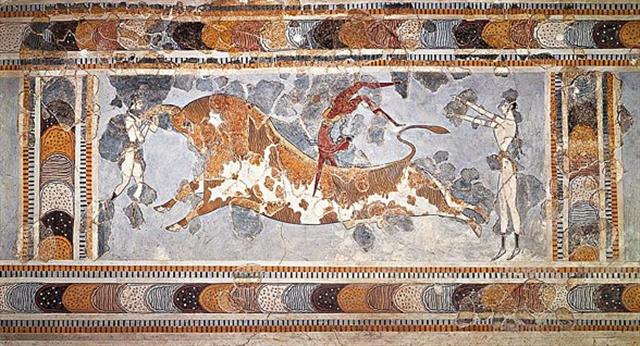265. The first fish-hook (hakaturou) glyph in the G text occurred when according to the Gregorian calendar Sirius was at the Sun, i.e. in June 30, and because Sirius went hand in hand with the Sun (in spite of the precession)
the true heliacal Sirius would have been at the last day of the first half of the year (°June 30) also at the time of Gregory XIII:
Likewise was the Full Moon (ideally) in day 364 at Sirius both at the time of rongorongo and at the time of the Pope. ... the spring equinox occurred when the sun was at its closest approach to the star Aldebaran (called Rohini by the Hindus) in our constellation Taurus. But, of course, the phenomenon would not have been visible because the star is too close to the sun for observation. The astronomers would have known, however, that the equinoctial point was at Aldebaran by observing the full moon falling near the expected date or near a point in the sky exactly opposite Aldebaran (since the full moon is 180º from the sun), that is, near the star Antares ... Given that the pace of Sirius always had been the same, ... The Sothic cycle was based on what is referred to in technical jargon as 'the periodic return of the heliacal rising of Sirius', which is the first appearance of this star after a seasonal absence, rising at dawn just ahead of the sun in the eastern portion of the sky. In the case of Sirius the interval between one such rising and the next amounts to exactly 365.25 days - a mathematically harmonious figure, uncomplicated by further decimal points, which is just twelve minutes longer than the duration of the solar year ... it would then be possible to state that even so far back in time as when Aldebaran had risen with the Sun at the Julian equinox the pattern would have been the same. Probably the primary reason for the position of heliacal Aldebaran not at the beginning of the G text but in a place 4 right ascension days later was to illustrate the difference between the date for the Gregorian spring equinox and the date for the Julian spring equinox:
However, at the time of rongorongo the stars at right ascension day 181 - 80 = *101, i.e. the stars which were truly rising together with both the Sun and Sirius, were not the same as the corresponding stars at the time of Gregory XIII, because the precession would have moved them all about 4 days ahead in the calendar since the time of the Pope (although their indiviual proper motions would then have to be added).
If the beginning of the text on side a on the G tablet was documenting where 0h had been at the time of the Bull, then the date MAY 1 at the fish-hook in Ga2-11 could be understood as where once upon a time (the northern) summer half of the year may have been regarded to begin, 11 * 11 days counted from JANUARY 1. Or 122 = 366 / 3 right ascension days from the completion of the previous such cycle.
... Beltane is mentioned in some of the earliest Irish literature and it is associated with important events in Irish mythology. It marked the beginning of summer and was when cattle were driven out to the summer pastures. Rituals were performed to protect the cattle, crops and people, and to encourage growth. Special bonfires were kindled, and their flames, smoke and ashes were deemed to have protective powers. The people and their cattle would walk around the bonfire, or between two bonfires, and sometimes leap over flames or embers. All household fires would be doused and then re-lit from the Beltane bonfire. Doors, windows, byres and the cattle themselves would be decorated with yellow May flowers, perhaps because they evoked fire. In parts of Ireland, people would make a May Bush; a thorn bush decorated with flowers, ribbons and bright shells. Holy wells were also visited, while Beltane dew was thought to bring beauty and maintain youthfulness ... ... Since the early 20th century it has been commonly accepted that Old Irish Beltaine is derived from a Common Celtic *belo-te(p)niâ, meaning 'bright fire'. The element *belo- might be cognate with the English word bale (as in bale-fire) meaning 'white' or 'shining'; compare Old English bael, and Lithuanian/Latvian baltas/balts, found in the name of the Baltic; in Slavic languages byelo or beloye also means 'white', as in Беларусь (White Russia or Belarus) or Бе́лое мо́ре (White Sea). A more recent etymology by Xavier Delamarre would derive it from a Common Celtic *Beltinijā, cognate with the name of the Lithuanian goddess of death Giltinė, the root of both being Proto-Indo-European *gelH- ('suffering, death') ... ... The 'death' at Beltane should refer to 'the year in straw', I think. White refers to Moon and the colours of 'the bright fire' to Sun:
... In north Asia the common mode of reckoning is in half-year, which are not to be regarded as such but form each one separately the highest unit of time: our informants term them 'winter year' and 'summer year'. Among the Tunguses the former comprises 6½ months, the latter 5, but the year is said to have 13 months; in Kamchatka each contains six months, the winter year beginning in November, the summer year in May; the Gilyaks on the other hand give five months to summer and seven to winter. The Yeneseisk Ostiaks reckon and name only the seven winter months, and not the summer months.This mode of reckoning seems to be a peculiarity of the far north: the Icelanders reckoned in misseri, half-years, not in whole years, and the rune-staves divide the year into a summer and a winter half, beginning on April 14 [4-14] and October 14 respectively. But in Germany too, when it was desired to denote the whole year, the combined phrase 'winter and summer' was employed, or else equivalent concrete expressions such as 'in bareness and in leaf', 'in straw and in grass' ... The stars rising with the Sun changed through the ages and new calendars were created at suitable times. 4 right ascension days after the Gregorian calendar was launched there was an opportunity for the Easter Islanders to correct the misalignments between stars and dates caused when the Pope changed the spring equinox date without regard for the time from Julius Caesar to the Council of Nicaea: ... When the Pope Gregory XIII updated the Julian calendar he did not revise what had gone wrong before 325 AD (when the Council of Nicaea was held). Thus the stars were still 3-4 days 'out of tune' compared to the calendar ... the Gregorian 'canoe' was 'crooked'. His calendar was not in perfect alignment with the ancient star structure. Because he had avoided to adjust with the effects of the precession between the creation of the Julian calendar and the Council of Nicaea in 325 A.D. The Julian equinox was in the 3rd month of the year and in its 25th day (3-25) ... On side a of the A (Tahua) tablet there are 325 glyphs from the first to the second of its haka-turou:
Notably, at the time of the Pope the star named Oaths (Muliphein, γ Canis Majoris, at the left ear of the Great Dog who had a short nose) rose in the same right ascension day as Sirius in °June 30.
On Easter Island (where it would seem natural because of its low latitude) the seasons of the Sun could be deduced from observing the stars at the Full Moon, and the fish-hook in Ga2-11 could be perceived as marking where the 'Sea' was beginning.
Possibly we should read the fishhook in Ga2-11 (→ 11 * 11) as referring to what could be observed in the night close to the Full Moon, i.e. the nakshtra stars in Sagittarius. The domain of the Fishes was the quarter which came where the March Hare had upset the Jug of Milk creating the Milky Way river: ... 'I wan't a clean cup', interrupted the Hatter: 'let's all move one place on.' He moved as he spoke, and the Dormouse followed him: the March Hare moved into the Dormouse's place, and Alice rather unwillingly took the place of the March Hare. The Hatter was the only one who got any advantage from the change; and Alice was a good deal worse off than before, as the March Hare had just upsed the milk-jug into his plate ...
The first half of the ancient Phoenician alphabet was beginning with an ox (Taurus) and the second half had a hook hole, head, and teeth,
towards its end - i.e. before the ox would return again: ... In later research it was postulated that the [Phoenician] alphabet is actually two complete lists, the first dealing with land agriculture and activity, and the second dealing with water, sea and fishing ... The first half beginning with Alef - an ox, and ending with Lamed - a whip. The second list begins with Mem - water, and continues with Nun - fish, Samek - fish bones, Ayin - a water spring, Peh - the mouth of a well, Tsadi - to fish, Kof, Resh and Shin are the hook hole, hook head and hook teeth, known to exist from prehistoric times, and the Tav is the mark used to count the fish caught ...
As to the Whip at the end (Al Tarf) of the first half of the Phoenician alphabet a reflection of this idea could have made the high priest of Caesar (Jupiter Julius) run around naked as a newborn child through the streets of Rome: ... At the beginning of 44 B.C. - when Ceasar was still alive - the Senate decided to raise statues of him in all the temples and to sacrifice to him on his birthday in the month Quintilis, which in honour of him was renamed July. He was raised to the status of a god (among the other gods of the state) under the name Jupiter Julius. Marcus Antonius, who this year was consul together with Ceasar, became high priest and responsible for the ceremonies. In the middle of February, at the time of the old feast of Lupercalia, he ran around naked, and whipped the Roman ladies with thongs made from goat-skin [februa], in order to promote their fertility ... The old year was ending in February and from Yule to Imbolc there was first a week to day 364 (December 30 when Sirius was at the Full Moon) and then 1 + 31 + 2 = 34 days to February 2, i.e. 7 + 34 = 41. This number coincided with the right ascension time line of Bharani (the bearer of offspring):
The Arab astronomers had evidently decided to use *41.4 (→ 414 = 14 * 29½ + 1) as the cardinal point (the Heart) of that part of the year which ended at the hips (Coxa) of Leo:
From Bharani (41.4) to
Coxa (169.4) there were 128.0 right
ascension days, leaving 364 - 128 = 236
(= 8 * 29½) days for the remaining part
of the regular year. In the C text I have
reconstructed the place of nakshatra Bharani at
glyph number 14 on side b of the tablet,
immediately before the heliacal Star (Kakkab):
Ga.
Preposed
plural marker of rare
usage. 1. Sometimes used
with a few nouns
denoting human beings,
more often omitted.
Te ga vî'e, te ga poki,
the women and the
children. Ga rauhiva
twins. 2. Used with some
proper names. Ga
Vaka, Alpha and Beta
Centauri (lit. Canoes).
Vanaga.
Significantly this is
the only place among the
readings of Metoro where
he used the binome
rere ga. Beta
Centauri (Agena, the
Knee) rose together with
Thuban and this was 9 (=
*221 - *212) days
earlier than Toliman at
the Janus type of hau
tea in Cb1-3 when at
the other side of the
sky was the Knot
(Alrisha).
ZUBEN ELGENUBI
(Southern
Claw)
= α Librae
(224.2), ξ Bootis, ο
Lupi (224.5)
The sequence of heliacal
star dates in the text
seems here to make a
jump ahead with 1 place,
because *366 = 365 + 1
and from Arcturus, Syrma
(*215) to Zuben Elgenubi
(*224) there were not 9
but 8 glyphs. Likewise
were there 9
precessional days from
*32 to *41 (Bharani).
The sky dome was moving
said Metoro where the
Full Moon reached Mira.
Maeva.
T. 1.
Move. Rangi-maeva
= Moving Sky (name of a
marae). 2. Greet,
greeting. Henry. ...
The leap
day was introduced as
part of the Julian
reform. The day
following the Terminalia
(February 23) was
doubled, forming the 'bis
sextum - literally
'double sixth', since
February 24 was 'the
sixth day before the
Kalends of March' using
Roman inclusive counting
(March 1 was the 'first
day'). Although
exceptions exist, the
first day of the bis
sextum (February 24)
was usually regarded as
the intercalated or
'bissextile' day since
the third century.
February 29 came to be
regarded as the leap day
when the Roman system of
numbering days was
replaced by sequential
numbering in the late
Middle Ages ...
|
||||||||||||||||||||||||||||||||||||||||||||||||||||||||||||||||||||||||||||||||||||||||||||||||||||||||||||||||||||||||||||||||||||||||||||||||||||||||||||||||||||||||||||||||||||||||||||||||||||||||||||||||||||||||||||||||||||||||||||||||||||||||||||||||||||||||||||||||||||||||||||||||||||||||||||||||||||||||||||||||||||||||||||||||||||||||||||||||||||||||||||||||||||||||||||||||||||||||||||||||||||||||||||||||||||||||||||||||||||||||||||||||||||||||||||||||||||||||||||||||||||||||||||||||||||||||||||||||||||||||||||||||||||||||||

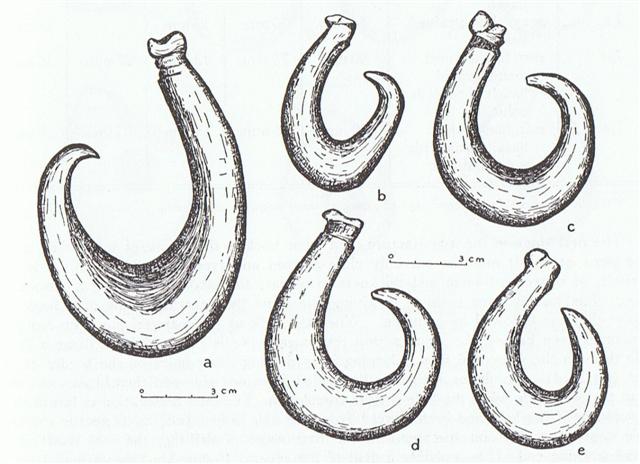











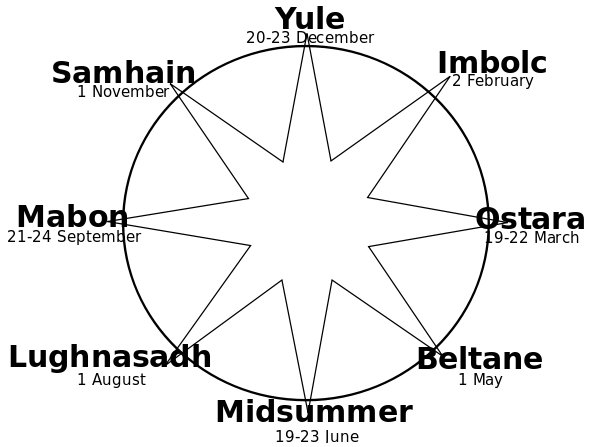






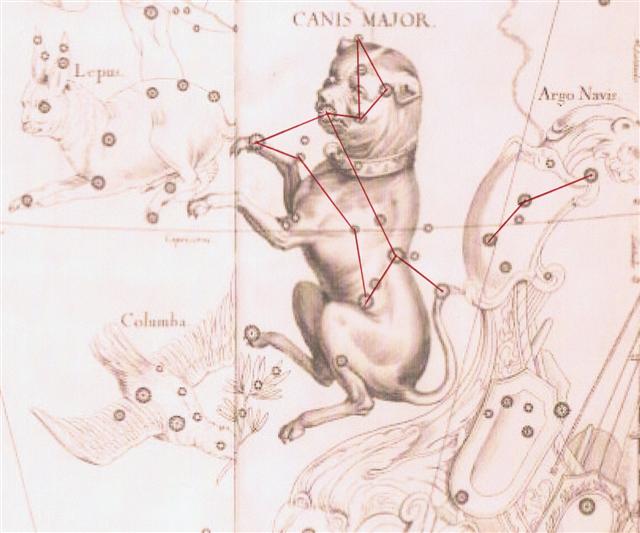


.jpg)
